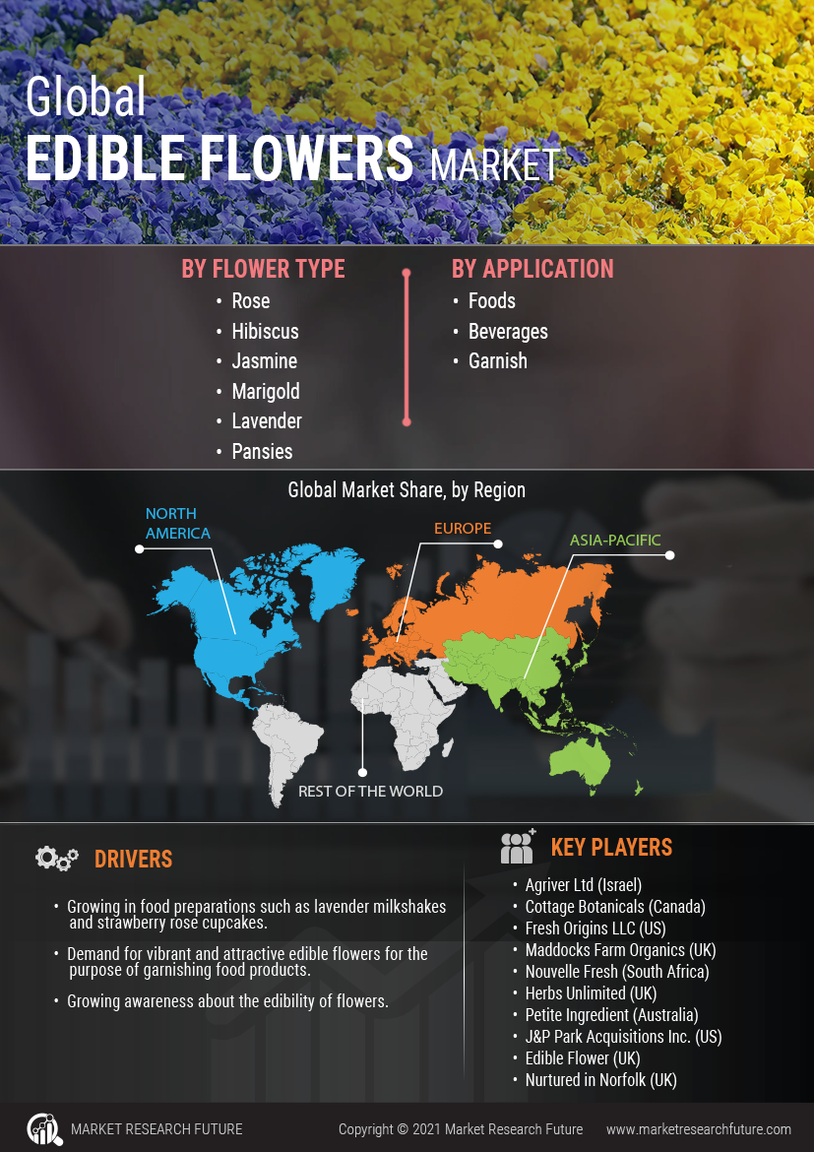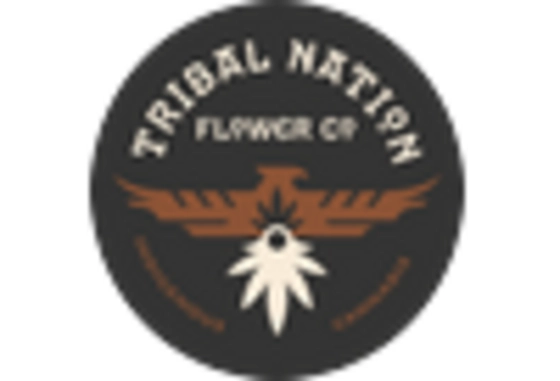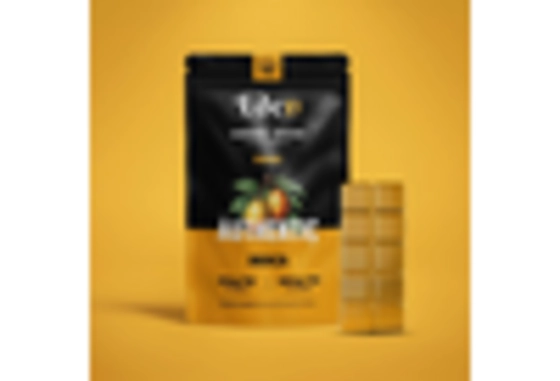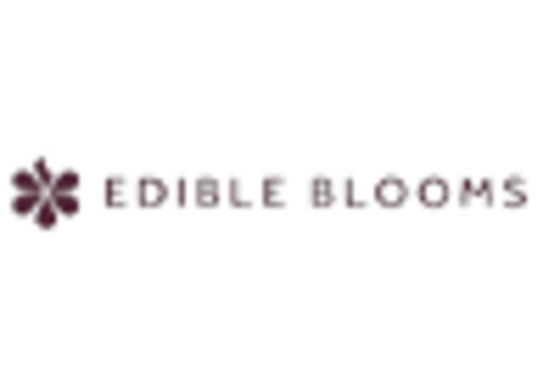Cultural and Culinary Heritage
The appreciation for cultural and culinary heritage is fostering a renewed interest in traditional ingredients, including edible flowers. Many cuisines around the world have long utilized flowers for their flavor and aesthetic qualities, and this trend is being revitalized in The Global Edible Flowers Industry. As consumers seek authentic culinary experiences, the incorporation of flowers such as nasturtiums and violets is becoming more prevalent. This resurgence is not only about flavor but also about storytelling and connecting with cultural roots. The market is likely to benefit from this trend, as restaurants and food brands increasingly highlight the historical significance of edible flowers in their offerings. This cultural revival may lead to a broader acceptance and integration of edible flowers into mainstream culinary practices.
Increased Use in Beverage Industry
The beverage industry is experiencing a notable shift towards incorporating edible flowers into drinks, ranging from cocktails to herbal teas. This trend is significantly influencing The Global Edible Flowers Industry, as consumers seek unique flavor profiles and aesthetic enhancements in their beverages. The infusion of flowers such as hibiscus, elderflower, and lavender is becoming increasingly popular, appealing to a demographic that values both taste and presentation. Market analysis suggests that the beverage segment is projected to grow at a rate of 9% annually, driven by the rising popularity of craft cocktails and artisanal beverages. This growth not only reflects changing consumer preferences but also highlights the potential for innovative product development within the edible flowers sector.
Expansion of Online Retail Channels
The rise of e-commerce is transforming the way consumers access food products, including edible flowers. The Global Edible Flowers Industry is experiencing a shift as online retail channels become more prominent, providing consumers with greater access to a variety of edible flower options. This trend is particularly beneficial for niche markets and small-scale producers who can reach a wider audience through digital platforms. Market data indicates that online sales of edible flowers are expected to grow by 12% annually, reflecting the increasing consumer preference for convenience and variety. This expansion not only enhances market accessibility but also encourages the exploration of diverse flower varieties, ultimately enriching the consumer experience and driving market growth.
Culinary Innovation and Experimentation
The culinary landscape is undergoing a transformation, with chefs and home cooks alike increasingly seeking unique ingredients to elevate their dishes. Edible flowers are gaining traction as a versatile component in various cuisines, enhancing both flavor and visual appeal. The Global Edible Flowers Industry is witnessing a surge in demand as culinary professionals experiment with different flower varieties, incorporating them into salads, desserts, and beverages. This trend is supported by a growing interest in gourmet dining experiences, where presentation plays a crucial role. As a result, the market is projected to expand, with an estimated growth rate of 8% annually over the next five years. This innovation-driven approach not only attracts food enthusiasts but also encourages the exploration of local and seasonal flower varieties, further enriching the culinary experience.
Growing Interest in Natural Ingredients
Consumers are increasingly gravitating towards natural and organic ingredients in their food choices, driven by a desire for healthier lifestyles. This trend is particularly evident in The Global Edible Flowers Industry, where the use of edible flowers aligns with the demand for clean-label products. As more individuals become aware of the potential health benefits associated with edible flowers, such as antioxidants and vitamins, their incorporation into everyday meals is likely to rise. Market data indicates that the organic segment of edible flowers is expected to witness a compound annual growth rate of 10% over the next few years. This shift towards natural ingredients not only caters to health-conscious consumers but also supports sustainable agricultural practices, thereby enhancing the appeal of edible flowers in various culinary applications.


















Leave a Comment